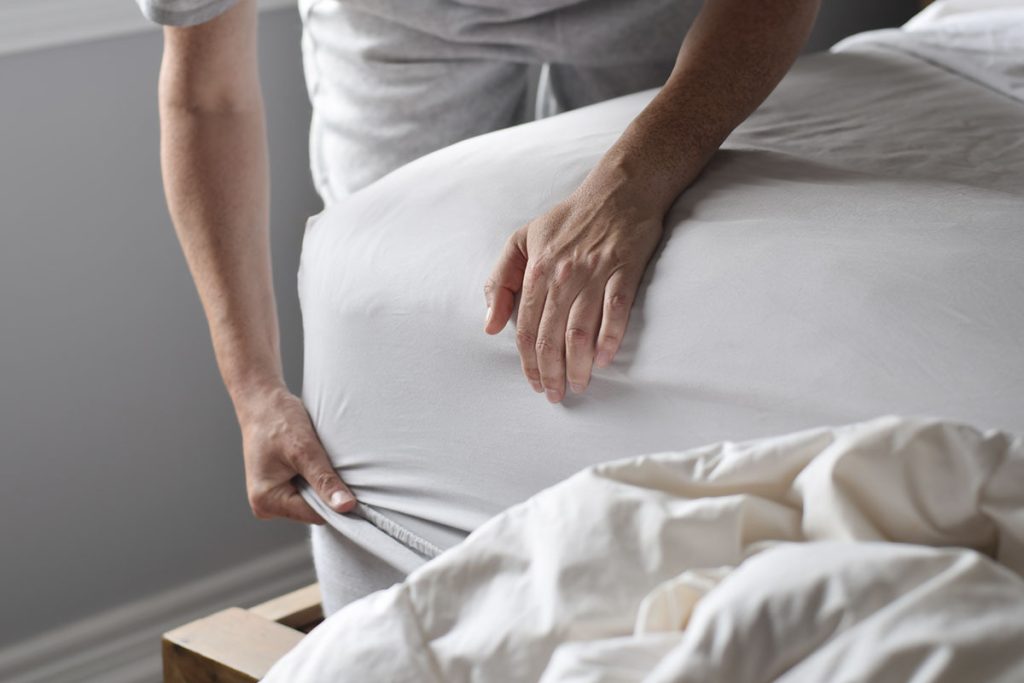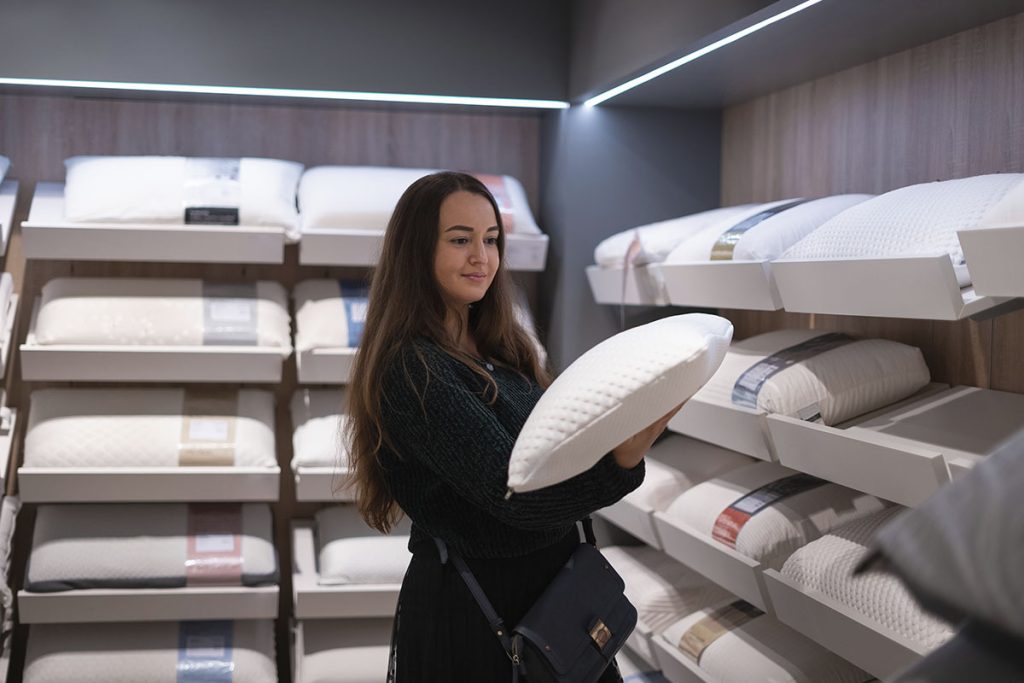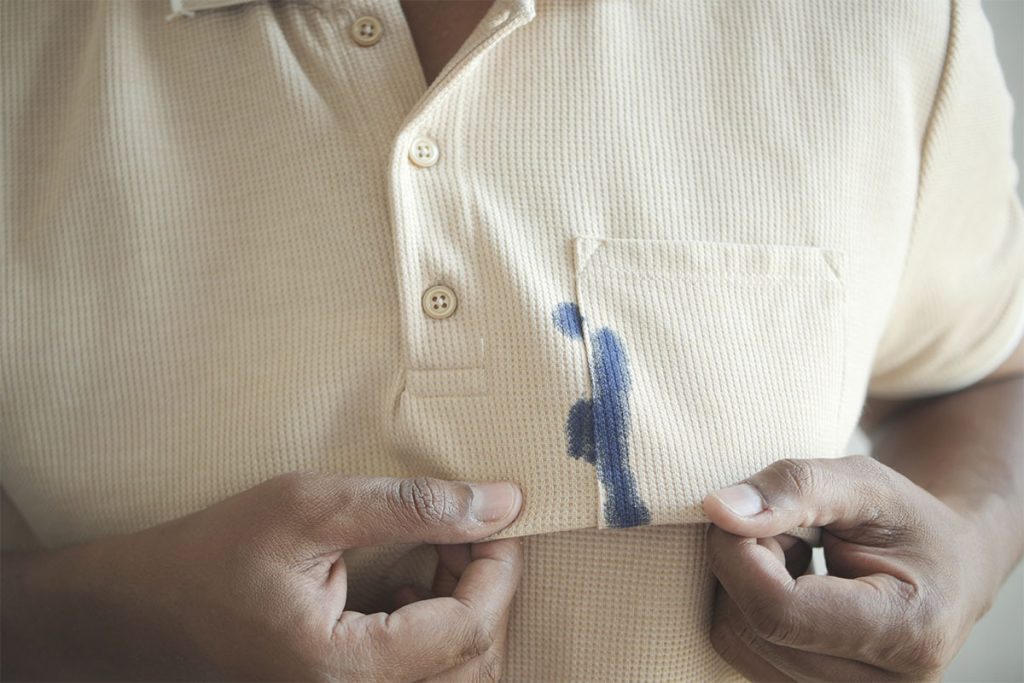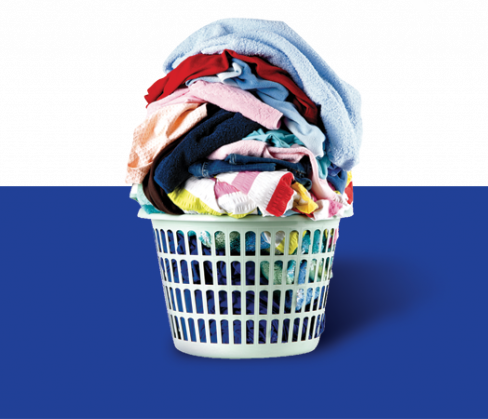Achieving the right quality and quantity of sleep is vital for our overall health, and much of that comfort comes from our bedding.
It’s easy to overlook the role that sheets, pillows, and comforters play in getting a good night’s sleep. However, cozy and supportive bedding is foundational to creating the ideal sleep environment.
In this guide, we’ll explore how often you should refresh your bedding and discover the tell-tale signs that it’s time to replace them entirely. Let’s dive into how you can ensure your bed is a haven for restorative sleep.
When It’s Time to Refresh Your Bedding

It’s important to know when your bedding needs a refresh! Sheets, pillowcases and blankets must be washed often to ensure cleanliness and freshness.
Here are some guidelines for the frequency at which they should be washed:
- Sheets and Pillowcases: It’s recommended to wash sheets and pillowcases once a week to remove sweat, body oils, etc.
- Duvet Covers: Duvet covers typically don’t need to be washed as often as sheets, as they are primarily used for insulation and protection. Washing them every two to three weeks is usually sufficient for maintaining cleanliness.
- Blankets and Throws: Blankets and throws that are used regularly should be washed every one to two months to remove dirt, dust and odors.
Healthline also suggests you should wash your pillows a few times a year for an extra layer of cleanliness and freshness.
Additionally, there may be some signs that you need to wash them earlier than the recommended time, such as:
- Allergies: If you wake up with stuffy noses, itchy eyes or sneezing, dust mites living in your bedding could be the culprit and you may need to wash pillows more frequently.
- Stains and odors: If you notice any stains, it is important to wash them immediately and not allow the stains to be set. Strange odors can also be a good indicator of an early wash.
Aside from the regular wash cycles and stains and odors, you can do the following to protect your bedding more and make it a healthier sleep environment for you:
- Fluff and rotate: Regularly fluff pillows and comforters to maintain the loft. Rotate your mattress head-to-foot every few months for even wear.
- Invest in protectors: A waterproof mattress protector shields your mattress from spills and dust mites. Pillow protectors can also extend the life of your pillows.
- Air it out: Instead of making your bed immediately, let it air out in the morning to allow moisture to evaporate. This practice helps reduce the likelihood of dust mites settling in.
With these tips, you can extend the lives of your bedding and create a comfortable sleeping experience.
However, it is also important to know when to replace your bedding and invest in new ones.
Signs It’s Time to Replace Your Bedding Completely

Here are some of the times when the best step is to replace your bedding entirely.
- Visible wear and tear: Rips, tears, pilling or thinning in the fabric are all signs it’s time for a new set.
- Structural Breakdown: Lumpy or sagging mattresses that no longer provide proper support, broken zippers on comforters or ripped seams beyond repair mean it’s time to replace the item.
- Unpleasant Odors: Even with proper cleaning, persistent musty smells or a lingering mildew scent can indicate deep-seated mold growth, requiring replacement.
- Allergy Woes: If regular washing doesn’t alleviate allergy symptoms, your bedding might be harboring too many dust mites or the fabrics may not suit you.
- Discomfort: Waking up with backaches or neck pain are all signs your bedding might not be meeting your needs anymore.
When replacing your bedding, here is what to look out for:
- Material: Cotton sheets are breathable and cool for hot sleepers, while flannel provides warmth in colder months. Consider material weight for desired softness. Down comforters are luxurious but might trigger allergies. Explore hypoallergenic alternatives like microfiber.
- Support: Choose a mattress that offers proper back and neck support based on your sleeping style (back, side, stomach). Consider firmness preferences and explore different mattress technologies (innerspring, memory foam, hybrid).
- Pillow Perfect: Select pillows based on sleeping position and personal preference. Back sleepers may need flatter pillows, side sleepers may need medium support and stomach sleepers can benefit from thin pillows.
- Bedding Hygiene Cycle: Mattresses should be replaced every 7-10 years, pillows every 1-2 years, and comforters every 3-5 years.
Now that you know this, we hope you can take steps to make your sleep the most comfortable and relaxing experience possible!
How Columbia Pike Can Help Keep Your Bedding Fresh!

Balancing a hectic schedule with the need for clean bedding doesn’t mean you have to compromise on comfort!
That’s why Columbia Pike Laundry offers not just laundry services but also convenient pick-up and delivery right to your doorstep.
Schedule your pick-up today and rest easy knowing your bedding will be taken care of!








